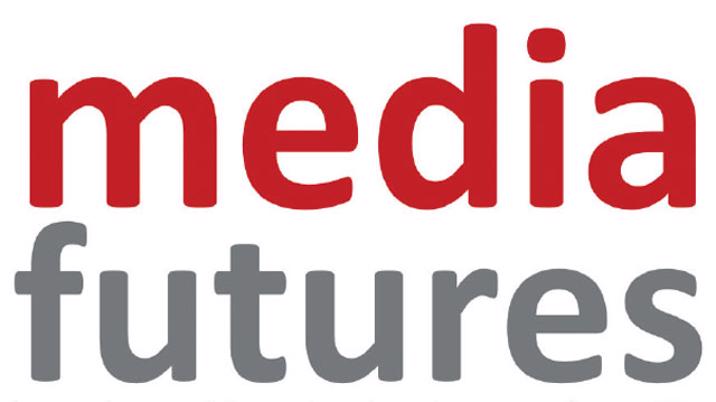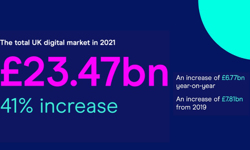
With 83 companies taking part in the latest 2018 survey, it has become the definitive measure of the shape and direction of the media business… What are the trends, challenges and opportunities in all the key revenue streams? What are profits and productivity looking like? How is change being managed within the organisation? And how is the tech challenge being handled?... The result is a powerful diagnostic and analysis tool for media companies facing unprecedented change.
The project generates a mass of granular data from across a wide range of companies: Consumer Magazines, B2B, News Media and Customer Publishing. They range in size from the major industry players through to smaller, independent companies. Some are traditional “publishers”, while others are digital pure plays. Yet all are trying to manage disruptive change. Also, every company, however young, has a “legacy” of some description – boundaries, limitations and barriers which need to be blasted away to grow and prosper.
Yet let’s put the whole Media Futures project into a bigger context. PwC’s latest Global Entertainment & Media (E&M) Outlook 2018-2022 forecasts the Compound Annual Growth Rate (CAGR) in media company revenues around the world over the next five years.
PwC’s report illustrates three key points:
* Firstly, E&M is still a vibrant, growth industry, predicted to show a +4.4% CAGR through to 2022, driven by creativity, content and trusted brands.
* Secondly, the growth rate in the mature, but highly digital, UK market lags behind the rest of the world at +3.2% CAGR. The obvious growth engine is Asia Pacific, dominated by China and India, but there are other local hot spots which the major E&M players are targeting as they expand internationally.
* Thirdly, the range of performance across the E&M segments is vast, with Magazines and Newspapers being the only two sectors to be in decline. PwC estimate that the UK CAGR for Newspapers is -4.1% and for Magazines is -3.2%, while B2B is a more robust +1.3%. Even the Book market, where print is making a mini comeback, is positive at just under +1%.
Behind these topline figures from PwC, the Media Futures project provides more detail and there are some recurring themes:
* Simultaneous convergence & fragmentation: The E&M world is converging. On the supply side, media companies are moving rapidly across a wider range of platforms with increasingly sophisticated distribution strategies across geographical boundaries. This is leading to a flurry of strategic partnerships and M&A activity. Convergence also has a demand-side dimension. Do end-users actually want bundled services (eg. Prime) or to buy more à la carte (the traditional publisher approach)? The growing popularity of direct-to-consumer and membership models is another sign of convergence. Yet the E&M world is also fragmenting at the same time, as individual companies find their own specific business models, market by market and brand by brand, and as end-users demand a more personalised, 1-2-1 experience, in both Consumer and B2B environments.
* Right-sizing the company: Partnering and M&A bring with them the issue of scale. The big media players need to get bigger – and quickly. Niche players have the protection of their specialisms, but often not the resources to fund growth, upskill staff and invest in technology. The old “small versus large” debate is an even bigger issue this year.
* Revenue-First: “Digital First” and “Mobile First” look to be outdated labels. There is a much more hard-nosed “Revenue First” approach currently. That means diversifying the revenue streams, as evidenced by the accelerating growth of ecommerce, live events, content marketing and international activity.
* Blue sky versus the day job: There is a great deal of talk about Voice, AI (in all its dimensions), the Internet of Things, VR & AR, Visual Search, Chatbots, etc – and all of these are truly towering, imminent and unpredictable game-changers. Yet beneath these, there is a long list of more mundane digital applications which publishers are currently grappling with. These range from mobile-optimised websites with more flexible ways of allowing paid access to content, through to video channels and on to more flexible and dynamic payment options for paid content.
* Tech capability: Tech knowledge and investment have always been the Achilles heel of traditional publishing and still remain a challenge as the demands of personalisation in marketing, content delivery and customer service become increasingly intense.
* Getting the organisation right: In a revenue-first, multi-platform, revenue-diversified environment, organisational issues continue to grow in importance. That goes way beyond getting the departmental org chart right and includes company vision and company culture, as well as simple headcount and staff skills and engagement.
What is clear from this year’s Media Futures survey is that the pace of change is expected to accelerate quickly over the coming twelve months, which brings new and unpredictable pressures. At the same time, confidence levels about the future success of the company are edging up after last year’s dive, but they are still well below those of previous years. There is some nervousness about the coming year.
Over the coming months, we shall be digging into more detail as to what the underlying business models look like, where the perceived opportunities and challenges lie and where the money is really coming from in publishing today.












